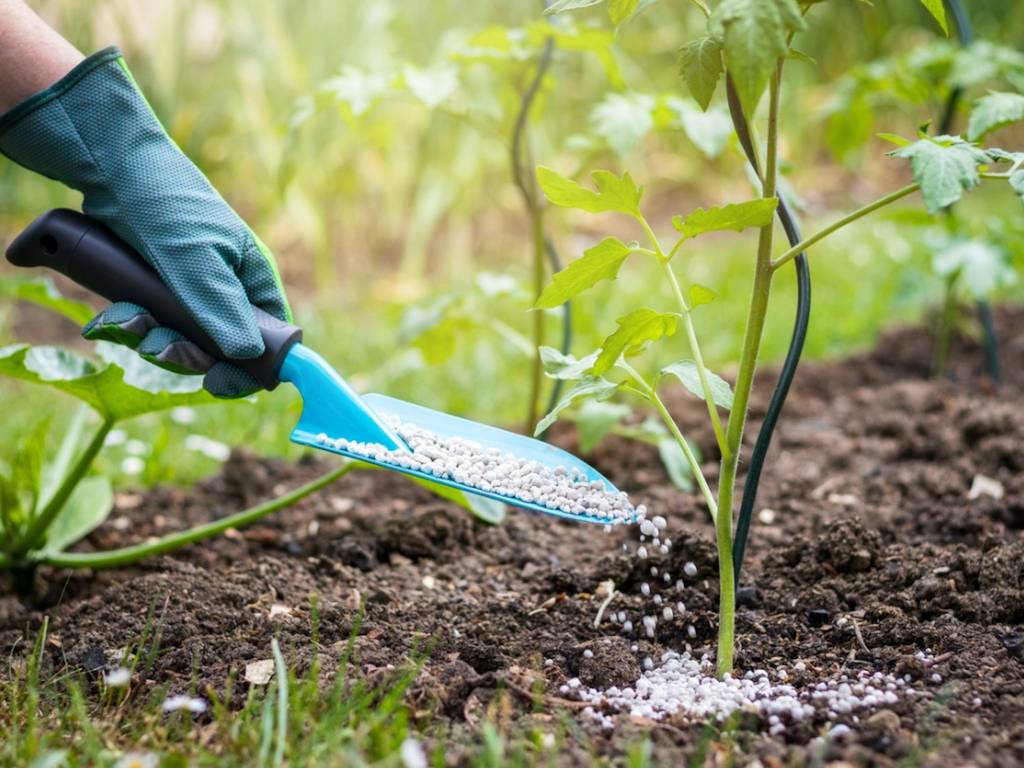
Farmers are planting more for the next season after a bumper harvest of rabi, or winter-sown, crop, according to the nation, which expects a 10% increase in fertilizer demand this year. With the weather office predicting a typical monsoon this year, sales of farm supplies have already picked up. In the last two years, India has seen average or above-normal monsoon rains.
“The intake of fertilizers, including urea, has been estimated at 35.12 million tonnes for this kharif season, compared to 31.88 million tonnes last year,” a senior fertilizer ministry official said. “This means the government anticipates increased crop coverage as well as production.”
He estimates that the most widely used crop nutrient, urea, will be used 17.75 million tonnes, up from 16.67 million tonnes last year. “Other fertilizers, such as DAP, MOP, and NPK, are also expected to be used more than last year. Although DAP consumption has been estimated at 6.51 million tonnes, up from 5.16 million tonnes last year, NPK consumption is expected to be 6.18 million tonnes, up from 5.29 million tonnes,” he said.
Despite a serious Covid-19 crisis that has once again struck the economy hard, the government is relying heavily on the farm sector for economic recovery. “Only agriculture looked up in 2020, when all other sectors were down,” said an agriculture ministry official. “We have excess seeds and fertilizer, and our national reservoirs have 20 percent more water capacity than the average of the past ten years. The conditions are ideal for yet another record-breaking output.”
Non-urea fertilizers, on the other hand, have been more expensive due to higher raw material costs in foreign markets. When the old stocks run out in the second half of the kharif season, this could lead to an increase in fertilizer prices.
“The center has instructed fertilizer manufacturers to sell non-urea fertilizers such as DAP, MoP, and NPK at current prices until stock runs out. Following that, if prices increase sharply, demand will drop, and output will drop as well,” said another senior agriculture ministry official.
IFFCO, the country's biggest fertilizer manufacturer, has stated that at current prices, farmers will get at least 1.126 million tonnes of fertilizer. “It is just a small portion of the non-urea fertilizers required this season. Once new stocks enter the market, farmers are expected to bear the brunt of price increases,” the official added.

















